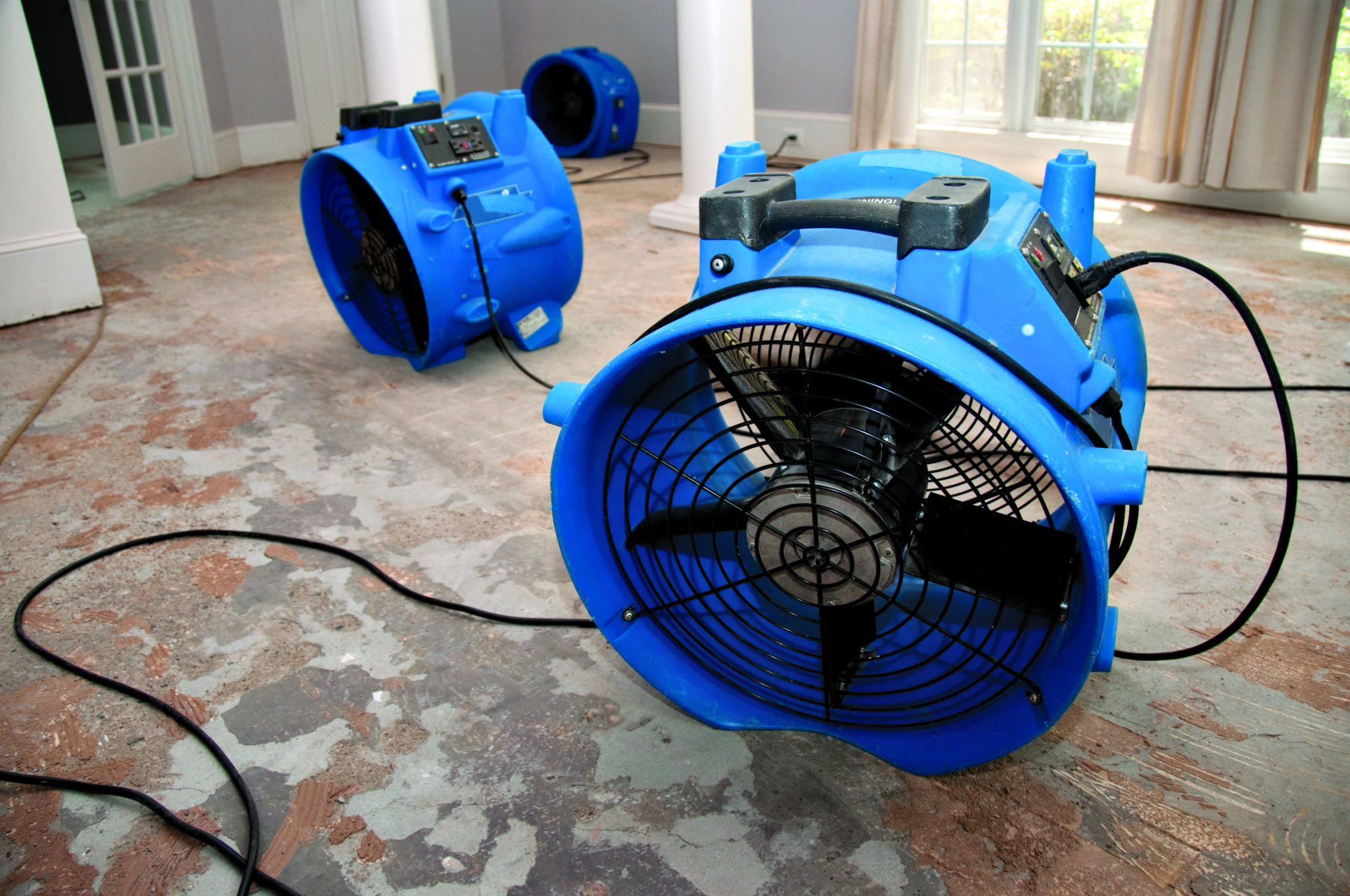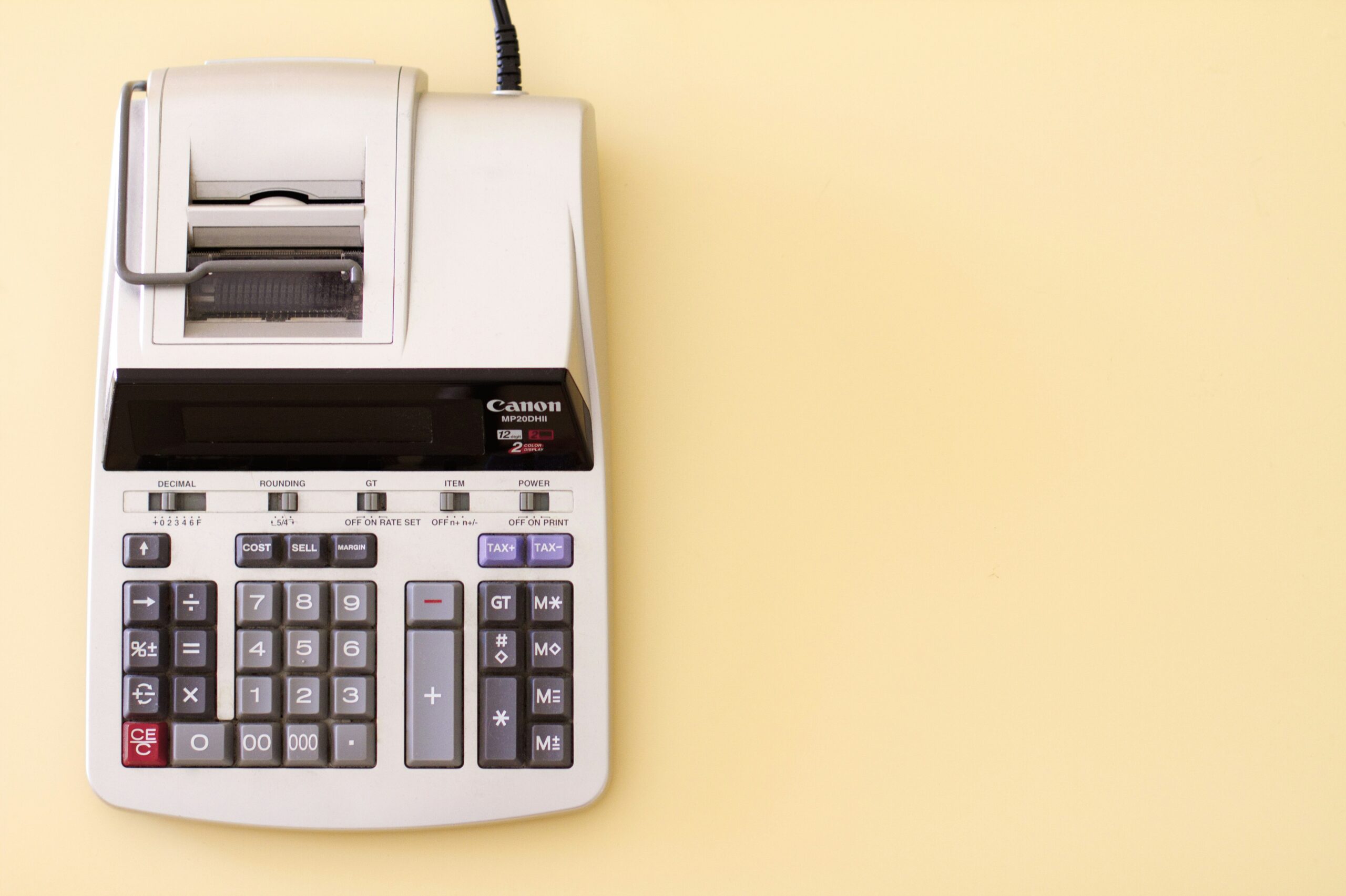A water view may be something you covet when on vacation, but it takes on an entirely new meaning when the water’s in the middle of your living room.
Most people are concerned about break-ins when they head out for an extended trip, but water damage is actually the more sinister hazard. When it comes to homeowner’s insurance claims, water damage from a plumbing leak is six times as likely to occur than fire is, and seven times more likely than theft. Here are just a few real-life examples:
• A wedding celebration had to be relocated after a pipe in a third-story bathroom leaked throughout the home’s first and second floors.
• A broken air-conditioning unit destroyed a painting when water saturated the drywall behind the canvas.
• A vacation home was destroyed when a frozen pipe ruptured. Water ran for several days, dumping thousands of gallons and turning the basement into a swimming pool.
In addition to causing costly damage and overall frustration, these scenarios share another common theme: They could have been avoided or minimized significantly. Here’s how.
Take advantage of technology
In most cases, the severity of water damage relates to occupancy, or the lack thereof. No one was home when that bathroom pipe and that air conditioner leaked or the washing machine hose failed. Had immediate steps been taken, the homeowners could have used a mop instead of a claims adjuster.
So, what steps could they have taken? Whole-house water shutoff systems can detect or prevent damage caused by plumbing malfunctions. Designed to respond when no one is home, such systems often connect to a central security system.
Generally, there are two types of technology or devices
• Flow-based devices monitor water in the pipes, allowing it to flow continuously for a set volume or length of time.
• Sensor-based devices can be placed near artwork, appliances that use water and other high-risk locations. Sensors signal for the valves to close when they get wet or fall below a critical temperature.
Devices can be used in combination for maximum protection. If your home is not equipped for holistic detection, point-of-use devices can be applied to the supply lines of toilets, sinks, dishwashers, washing machines and more. Vendors such as Water Security Solutions can advise you on device choices.
Take even more mitigation measures Additional actions you can take to reduce the likelihood of water damage include:
• When you’re not there, have a caretaker check on your home daily. A walkthrough should include every floor and room with a water-consuming appliance. During subfreezing temperatures, have rooms checked twice a day.
• Use steel-braided hoses on your washing machines rather than rubber hoses, and replace them every 10 years.
• Have a maintenance service agreement for air-conditioning units and water heaters. Ideally, they should be checked twice a year.
• Regularly inspect water-supply lines under sinks and appliances regularly. Replace inexpensive plastic tubing and valves with metal or steel-braided connections.
• Install a basement sump pump. If you have one already, keep a backup power supply.
• Install a permanent backup electrical generator to power the critical systems in your home, such as the furnace, alarm system and sump pump.
• Schedule an annual inspection of your roof and flashing. Caulked joints around doors and windows should be inspected as well.
• Clean gutters and drains twice a year to ensure that water from rainstorms can be quickly channeled away from your home.
Insurance considerations
Even when a robust mitigation plan is in place, damage can still occur. Work with an independent insurance agent to ensure that your homeowner’s policy limits reflect the breadth of your assets, and choose a provider that supports proactive measures to safeguard your property.
1 Source: Leak Defense System, leakdefensesystem.com
American International Group, Inc. (AIG) is a leading global insurance organization. Through its Private Client Group, a division of the AIG member companies, successful individuals can access innovative protection for homes, excess liability, automobiles, private collections, yachts and more. AIG Private Client Group also offers supplemental services designed to minimize property damages, safeguard fine art and other collectibles and bolster family safety.
















